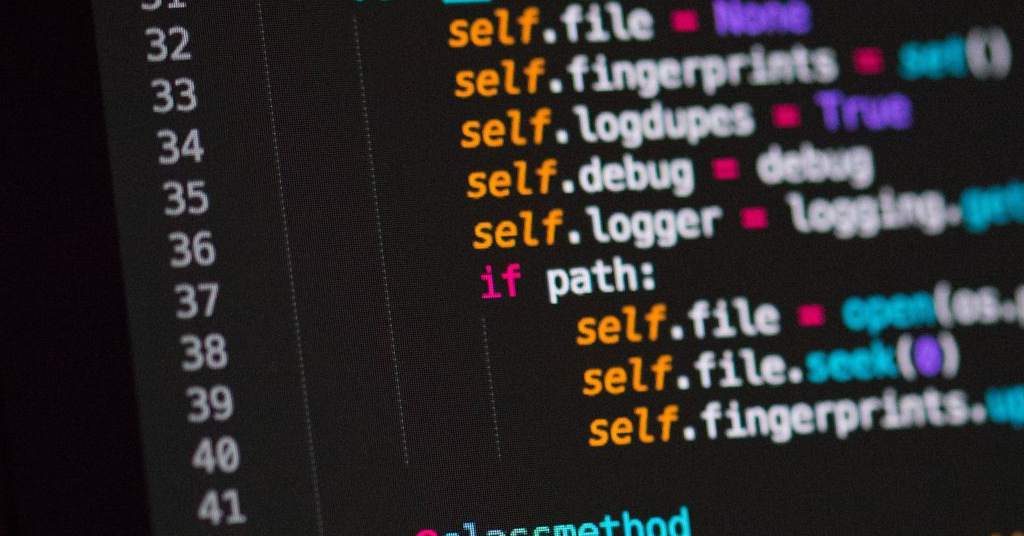
How To Convert A Column In Text Output In Python?
Before figuring out How To Convert A Column In Text Output In Python? Find usage reasons for carrying out the same action first. The ability to convert a row in a Dataset into text output has a variety of uses. For example, you might install the function and use it to output your column as "Hello World!" You will discover how to write a method in Python in this tutorial. You'll discover another place in your code where you can use that method and its return value.
DATA PREPARATION AND CLEANING
The accuracy and dependability of analytic results can be significantly impacted by efficient data cleaning and preprocessing. The procedures and methods employed in these processes should be carefully examined, and any choices or changes to the data should be meticulously documented.
DATA VISUALIZATION:
The ability to build complex visualizations with little to no coding is now possible because to the development of more sophisticated data visualization tools. Tableau, R packages like ggplot2, and Python libraries like Matplotlib and Seaborn are examples of common data visualization tools.
DATA STORAGE:
Cost, performance, scalability, and security needs are just a few of the variables that affect which data storage technology is best. To store huge amounts of data, for instance, a combination of technologies may be needed, such as cloud storage for scalability and tape storage for long-term archival needs.
DATA ANALYSIS:
Data analysis is used in many industries, including business, finance, healthcare, and social sciences. Effective data analysis requires a combination of technical and analytical skills, careful planning, and a strong knowledge of the information being analyzed.
TEXT GENERATION:
New techniques and models are constantly being developed as the field of text generation changes. Yet, effective text generation demands strategic design, a full knowledge of the data dependencies, and a combination of technical and analytical skills.
HOW TO CONVERT A COLUMN IN TEXT OUTPUT IN PYTHON? - METHOD ONE
To transform a column in text output, use the following code.
Importing the list function is the first thing you must do.
The string module must then be imported before being used to generate a list with just one element (the first value of your data). In this case, your empty list will only include one item because there are no longer any new values for that column:
If you wish to convert a text column of data in Python to a list of values, one method is to split the text column based on a delimiter and alter the resulting string components to the correct data type.
HERE'S AN EXAMPLE CODE SNIPPET:
1. Sample text column
text_column = "1, 2, 3, 4, 5"
2. Split the text column based on the delimiter
delimiter = ", "
list_of_strings = text_column.split(delimiter)
3. Convert the string elements to integers
list_of_integers = [int(s) for s in list_of_strings]
4. Print the resulting list
print(list_of_integers)
THIS CODE WILL OUTPUT THE FOLLOWING:
[1, 2, 3, 4, 5]
The separator that will be employed to separate the various values is then given once the text column is initially defined as a string. The text column is then divided into a collection of strings using the split() function. That this next stage is to use a lists comprehension to change each string list member to an integer. The resultant integer list is then output.
HOW TO CONVERT A COLUMN IN TEXT OUTPUT IN PYTHON? - METHOD TWO
Another approach for converting a column of text output into a list of values in Python is to use the pandas library. Pandas provide a simple method for reading and interacting with data in many different formats, including delimited text and text files.
HERE'S AN EXAMPLE CODE SNIPPET:
import pandas as pd
1. Sample text column
text_column = "1, 2, 3, 4, 5"
2. Create a pandas Dataset with one column
df = pd.DataFrame({'column_name': [text_column]})
3. Ttext column based on the delimiter and convert to integers
df['column_name'] = df['column_name'].str.split(',').apply(lambda x: [int(i) for i in x])
4. Convert the Dataset column to a list
list_of_values = df['column_name'].tolist()[0]
Print the resulting list
print(list_of_values)
THIS CODE WILL OUTPUT THE FOLLOWING:
Here, after importing the panda's package, we declare the text column to be a string. Then, pandas dataset with one column receives the text column. The str.split() function is used to split the text column into a list of strings, and the lambda function is used to turn each string element into an integer. The values from the dataset column that has been turned into a list are then produced.
Shift the columns in the text to the left by one line.
In this section, you will learn how to shift the columns in the text to the left by one line.
shift the columns in the text to the left by one line using a for loop:
# coding: Python
# 1) Shift two or more lines of text by one column.
Shift two or more lines of text by one column using the while loop:
The position of each column in relation to its index number, which is denoted by the Python code as "cell," is then determined.
The first thing you must do is initialize the c index num variable by giving it the value of 1. By using the index number of this column, we can use this to determine how many cells there are. Next, we can use c index num to begin looking through our data to see where it leads:
DEFINE A FUNCTION THAT EXTRACTS EACH COLUMN FROM A STRING.
This section will teach you how to change a column in Python text output. We'll employ the Python code below:
Create a function that transforms a string's columns into lists.
The following functions can be used to turn a list into a string:
Appends one element to the end of another using the function add().
extend() moves every item from the original list to the end of the current one (using positional arguments)
Rotate() calls itself with a copy argument #[1] and rotates an existing list along its axis.
Individual rows in arrays or lists can be accessed using the index() and index copy() functions. The latter returns all elements with that number as their beginning point, while the former returns just one element from an array or list. Both call for positional and keyword inputs to determine the sorting order (ascending or descending).
CONCLUSION
we discussed how you can convert each column from text output in python in an easy way.




